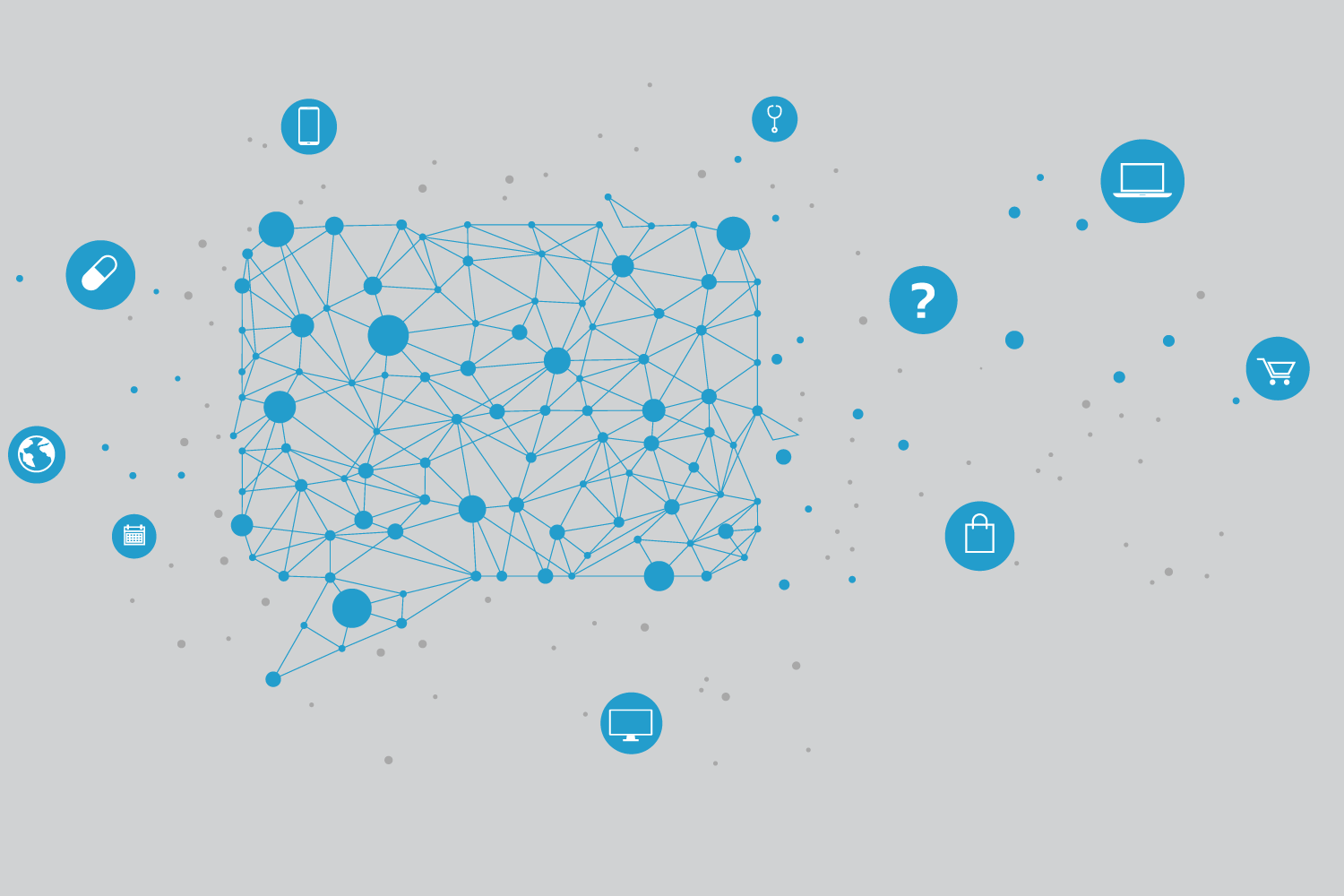The Affordable Care Act (ACA), signed into law in 2010, is a landmark piece of legislation aimed at expanding health care access, reducing costs, and improving the quality of care in the United States. Although its primary focus was on reforming the health care system, the ACA has also served as a catalyst for significant technological advancements in the health care sector, including innovations in how health care services are delivered, managed, and accessed across the country.
Modernizing Health Insurance Enrollment
One of the most direct impacts of the ACA was the creation of the health insurance exchanges (also known as marketplaces). Both federally and state run, these exchanges led to the development of more sophisticated IT infrastructures that could support the varied and complex needs of health insurance enrollment. The platforms had to be robust enough to handle the complex requirements of health insurance transactions. States had to develop or upgrade their IT systems to:
- Handle High Traffic Volumes: Exchanges needed to support millions of users simultaneously during open enrollment periods, requiring scalable and reliable server infrastructures.
- Ensure Security and Privacy: Given the sensitive nature of the personal and financial information being handled, states had to implement advanced cybersecurity measures, including encryption, secure authentication, and regular security audits.
- Integrate with Federal Systems: The exchanges needed to interface seamlessly with federal databases, such as the IRS and Social Security Administration, to verify applicants’ eligibility for subsidies and coverage. This integration required sophisticated Application Programming Interface (API) development and data exchange protocols.
Leveraging Technology to Improve the Customer Experience
The exchanges established under the ACA were challenged to make it easy for individuals to navigate the complex landscape of health insurance, compare plans, and make informed decisions about their coverage. Balancing health care needs with personal budget is a complex decision-making process for most customers. As a result, decision support technology has been a cornerstone of the consumer experience and has become intuitive and sophisticated over the last ten years. Decision support tools include:
- integrated provider directory
- prescription drug formulary search
- out-of-pocket cost calculator
- Quality Rating System (QRS) star ratings
- results of customer satisfaction surveys
- transparency in coverage
- medical loss ratio (MLR)
These tools allow shoppers to enter their preferred physicians and current medications then easily compare plans to find one most suited for their situation.
With Artificial Intelligence (AI) on the rise, new opportunities to improve the customer experience are also coming to life. Nevada Health Link recently announced the successful integration of AI into its state-based exchange platform. This AI-driven innovation offers callers natural language interactions that answer common questions and requests instantaneously and help with basic needs such as password resets and finding enrollment assistance. Nevada’s AI integration offers seamless assistance to individuals seeking information or help at any hour, augmenting the call center’s normal business hours. This caters to Nevada’s diverse work force, which has more gig workers and people working nontraditional hours than many other states.
Integration of Health Care Systems
The ACA also emphasized the need for integrated systems. The ACA expanded Medicaid eligibility in many states, which significantly increased the number of enrollees and the complexity of program management. Integration was crucial for ensuring that various health care programs, such as Medicaid and the Children’s Health Insurance Program (CHIP), could work seamlessly with health insurance exchanges operated by both states and the federal government. To effectively manage this expansion, states needed to modernize their Medicaid Management Information Systems (MMIS). This modernization included:
- Interoperability with Other Systems: MMIS had to integrate with other state and federal systems, including health insurance exchanges and the Children’s Health Insurance Program (CHIP), to ensure a seamless experience for users and accurate data sharing across programs.
- Enhanced Reporting and Analytics: Modern MMIS platforms incorporated sophisticated data analytics capabilities to track enrollment trends, manage costs, and improve health outcomes. These systems provided state officials with real-time data to make informed decisions and optimize program operations.
Integrated Platforms
Initially, marketplace fragmentation of exchanges, contact centers, and eligibility systems led to siloed technological advancements, burdening agencies with constant contract management and coordination headaches. The ongoing need for better integration and the rise of automation and artificial intelligence (AI) is challenging this outdated model and highlighting the advantages of a unified approach where a single vendor handles both technology and customer service.
An integrated solution organized around the consumer experience and key health coverage outcomes sets up state-based exchanges for success, offering agencies a single point of accountability to help achieve what matters most—maximizing coverage. This approach is seamless, coordinated, and orchestrated to enhance efficiency and deliver superior service.
By leveraging automation, ensuring seamless integration, and offering multi-modal customer service, exchanges can meet the needs of today’s tech-savvy consumers and adapt to future challenges in the health care landscape.
Facilitating Data-Driven Decision Making
One of the more significant impacts of the ACA on health care technology has been the shift towards data-driven decision making. The modernized and integrated systems established under the ACA have enabled the collection and analysis of vast amounts of enrollment data.
States operating their own health insurance exchanges have access to detailed enrollment data, which enables targeted marketing to under-insured and underserved populations. For example, exchange call centers can conduct targeted outreach to individuals who have received eligibility determinations but have not enrolled, ensuring they receive the necessary information to make informed health insurance decisions.
Available data also helps policymakers understand trends, identify areas needing improvement, and make more informed decisions about health care policies and programs. The capacity to analyze and act on this data has been instrumental in shaping more effective and responsive health care systems, improving the quality of care, and optimizing resource allocation.
As technology continues to evolve, the foundations laid by the ACA will enable further innovations that enhance enrollment rates and improve health outcomes for all Americans. The link between the ACA and technology advancements underscores the importance of leveraging digital solutions to work toward fulfilling the law’s initial goal: affordable health coverage for all.






